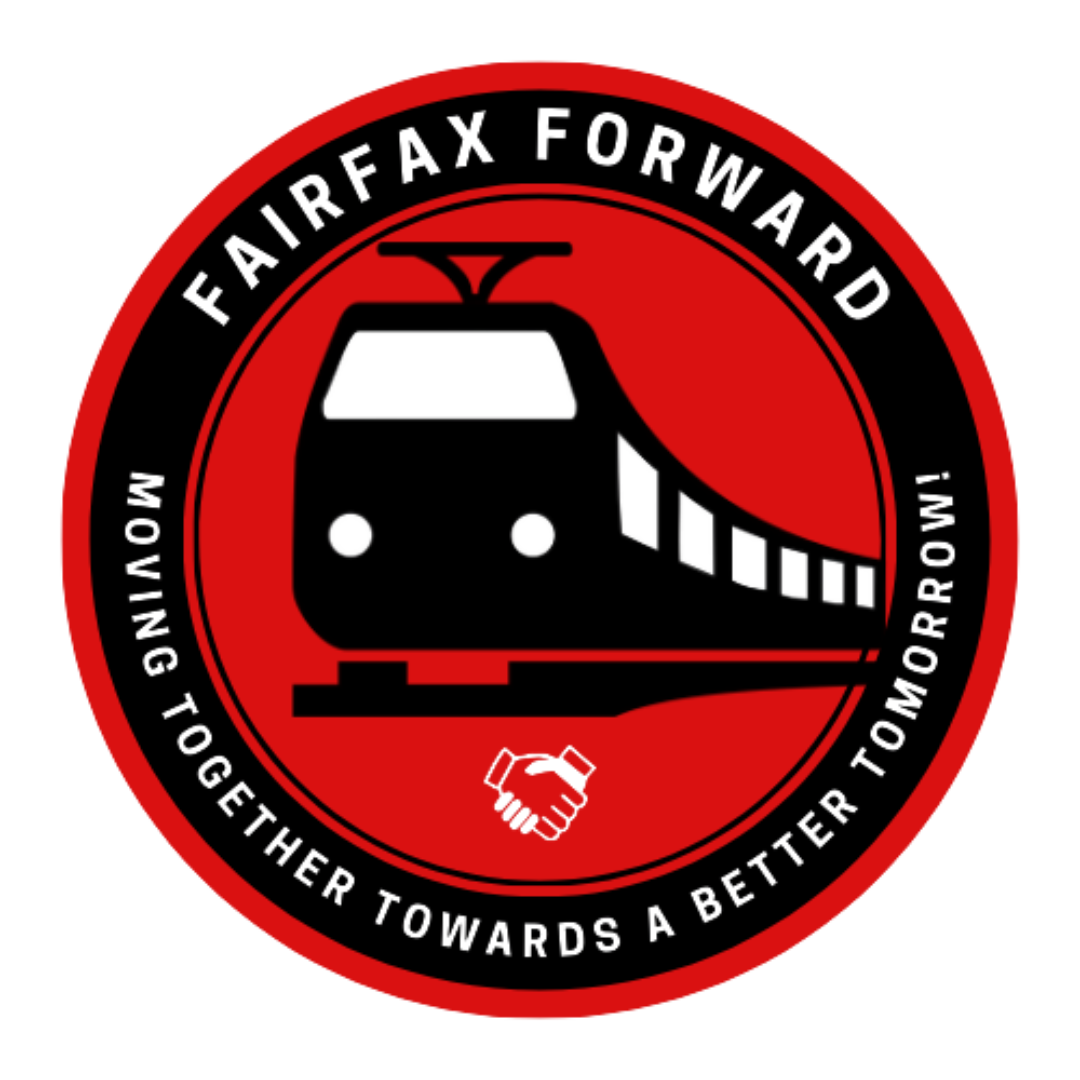Why The Connector Deserves Better
Let’s be real, taking the bus in Fairfax County kind of sucks.
Not because transit is a bad idea. Not because people don’t need it. But because we’ve never actually funded it properly. Our buses are often slow, infrequent, and unreliable, not because they have to be, but because we’ve chosen to treat public transit like an afterthought. And it’s hurting us.
Fairfax Connector is the largest local bus system in Virginia. Thousands of people rely on it every day; students, seniors, essential workers, people without cars, and even folks who just want to skip traffic. But despite its importance, our bus system is chronically underfunded and heavily dependent on year-to-year budget decisions.
This kind of "hope for the best" approach means:
No long-term improvements
No rapid expansion of service
Constant risk of cuts when the county budget gets tight
And cuts of service
We keep approving massive highway projects and widening roads, but buses? They have to beg for scraps.
Here’s what happens when we don’t fund transit properly:
People get stranded. No late-night or weekend service means workers can’t get home from jobs. Students miss school.
Traffic gets worse. Without a reliable alternative, more people drive. More cars = more congestion.
Climate goals stall. Transportation is the largest source of carbon emissions in Virginia. Without better buses, we don’t stand a chance.
Equity goes out the window. Low-income and immigrant communities rely most on transit, but they’re the ones hit hardest by cuts.
The Fairfax Connector does not have its own permanent, dedicated local revenue stream, like a fixed portion of sales tax or farebox set aside solely for bus service. Instead, it relies on annual General Fund allocations, regional transportation transfers, and state and federal grants to operate.
Other regions have already figured it out. Cities like Los Angeles, Seattle, and even Richmond have implemented dedicated funding streams—like sales tax revenues, gas taxes, or employer contributions—to support transit long-term.
In fact, Richmond's GRTC saw record ridership this year after eliminating bus fares and increasing service. Imagine that—people actually use the bus when it works for them.
Right now, the Northern Virginia Transportation Commission (NVTC) and transit advocates are calling for stable, dedicated funding from the state. But we also need Fairfax County to step up.
Here’s what we should be pushing for:
A permanent funding source for Fairfax Connector and Metrobus service in the county
A real transit-first vision in the Countywide Strategic Plan
Bus lanes and priority signals on major corridors
Reinvestment into routes that serve historically ignored areas like Route 1 and Annandale
Youth and low-income fare relief programs
This isn’t radical. It’s common sense.
If we can spend billions to widen I-495 and I-66, we can afford to fund the bus system that actually helps people get to work, to school, and to opportunity.
